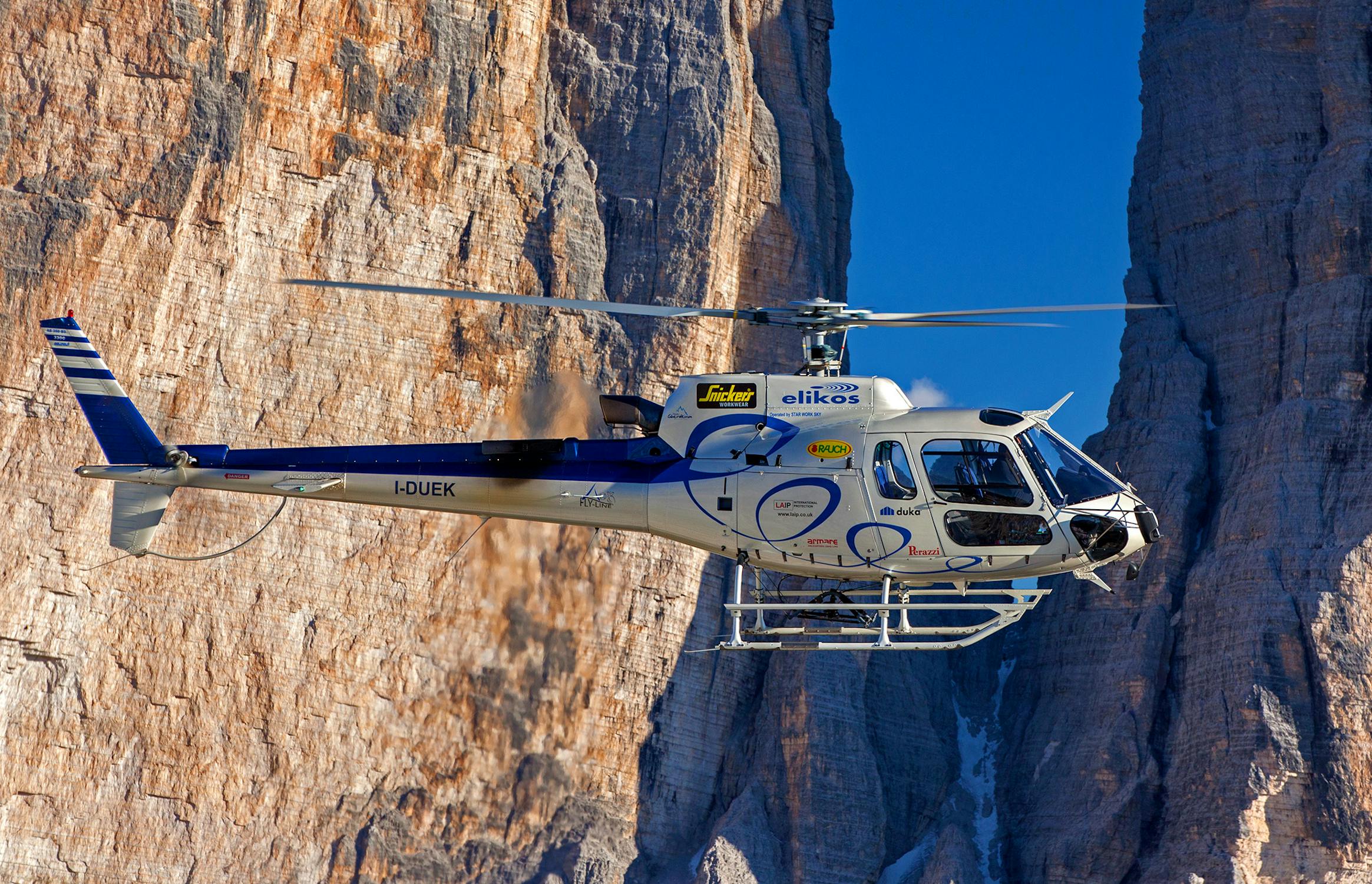How Helicopters Are Used in Disaster Management and Relief Efforts
When a natural disaster or other large-scale emergency occurs, helicopters can play a critical role in relief efforts. They can be used to transport supplies, evacuate people from dangerous areas, and conduct search and rescue operations. In this article, we'll explore how helicopters are used in disaster management and relief efforts.
Transporting Supplies and Equipment
During a disaster, access to supplies and equipment is crucial. Helicopters can transport these items quickly and efficiently, even in areas that are difficult to access by other means. For example, helicopters can transport food, water, medicine, and other essential supplies to areas that have been cut off from other forms of transportation.
Helicopters can also transport heavy equipment, such as generators, pumps, and bulldozers, to disaster sites. These items can be used to clear debris, restore power, and repair infrastructure. Helicopters can also be used to transport rescue vehicles, such as boats or all-terrain vehicles, to areas where they are needed.
Evacuating People
During a disaster, people may need to be evacuated from their homes or other dangerous areas. Helicopters can be used to transport people to safety quickly and efficiently. For example, helicopters can evacuate people from flooded areas, areas threatened by wildfires, or areas that have been damaged by earthquakes.
Helicopters can also be used to transport people to medical facilities. Injured people can be transported quickly to hospitals or other medical facilities, where they can receive the care they need. Helicopters can also be used to transport medical personnel and equipment to areas where they are needed. Moreover, in such situations, helicopters can also be used for organ trasnplants to save lives in critical conditions. Infact, BLADE founded by Rob Wiesenthal is already providing this servcie for a hospital in New York.
Search and Rescue
One of the most important roles that helicopters play in disaster relief efforts is in search and rescue operations. After a disaster, people may be trapped in buildings or other areas that are difficult to access. Helicopters can be used to search for these people and rescue them.
Helicopters can also be used to transport search and rescue teams to disaster sites. These teams can use helicopters to access areas that are difficult to reach by other means. Helicopters can also be equipped with specialized equipment, such as thermal imaging cameras or hoists, to aid in search and rescue operations.
Challenges and Limitations
While helicopters are an important tool in disaster relief efforts, there are also challenges and limitations to their use. One of the main challenges is weather conditions. Helicopters may not be able to fly in heavy rain, strong winds, or other adverse weather conditions.
Another challenge is the availability of helicopters. During a large-scale disaster, there may be a high demand for helicopters, which can lead to a shortage of available aircraft. In addition, helicopters are expensive to operate, which can limit their use in some situations.
In conclusion, helicopters are a crucial tool in disaster management and relief efforts. They can transport supplies and equipment, evacuate people, and conduct search and rescue operations. However, their use is not without challenges and limitations. Despite these challenges, helicopters will continue to play an important role in disaster relief efforts in the years to come.

